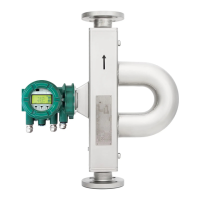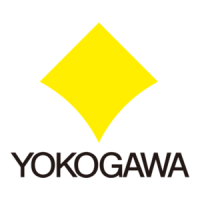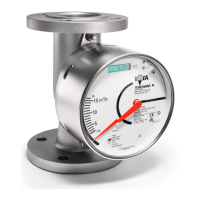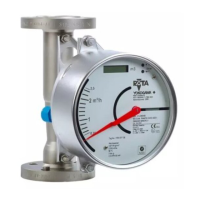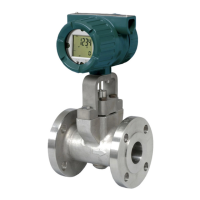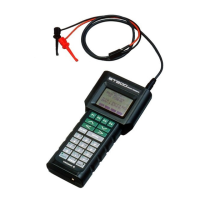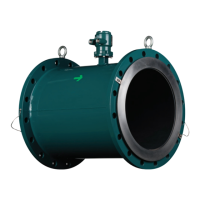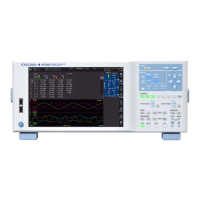Why is the zero point unstable on my YOKOGAWA Measuring Instruments?
- TTimothy MoranAug 1, 2025
Several factors can cause an unstable zero point. These include: * Mechanical strain from traction or pressure: Eliminate the source of mechanical tension. * Terminal board or connection terminals of the transmitter or sensor being soiled or damp: Clean the terminal board and connection terminals. Clean and dry the transmitter and/or sensor, and seal them tightly. * Influence of external vibration: Install mechanical dampers or increase the mass flow damping parameter (see the applicable software instruction manual).
